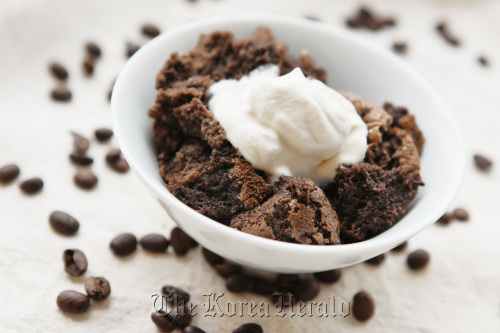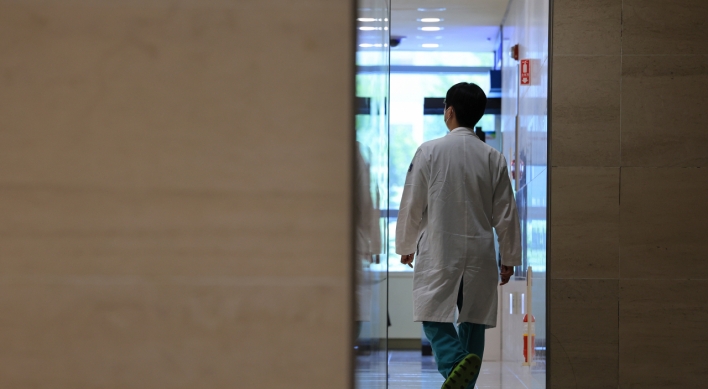
Drop in for breakfast at Half & Half restaurant in Clayton, Mo., and the first choices on the menu will be the day’s two featured coffees, available via an assortment of brewing methods. A recent selection consisted of Ethiopia Idido, touted as having “blueberry, strawberry and chocolate” elements, and Brazil Sertaozinho, with notes of “dried fruit, cocoa nibs and toffee.”
“It was very hard to put that on a menu,” says Mike Marquard, who oversees coffee at Half & Half. “I’m sure a lot of customers sit down and probably just laugh when they see it.”
What’s more, some customers experience less agreeable emotions when they see that one cup, depending upon the brewing method, can cost around $5.
Marquard has trained his staff to steer those giggly or unhappy diners to the “bottomless diner mug,” a more traditional way of tanking up to start the day. It‘s usually about $2.75 -- and it is made with one of the featured coffees, providing a sniff into the realm of dried fruit and cocoa nibs to anyone who’s interested.
Marquard is diligent and dedicated while pursuing what he calls “a different mentality about coffee,” but at the same time, he nimbly straddles the line between evangelism and pretentiousness. Part of this involves finding ways to educate customers about the subtleties of coffee aromas and flavors, much the way wine drinkers have become more sophisticated about wine.
Marquard views the increased dissection of coffee qualities as part of an evolution in the way Americans view coffee.
“In this next step, it‘s not about the brewing method -- it’s about the coffee itself,” Marquard says. “Any great coffee should taste good any way it‘s brewed.”
He adds that comparative coffee tastings are a challenge to set up, whether in restaurants and coffee shops or at home.
“The best thing to do is to taste coffees side by side using a consistent brewing method,” Marquard says. “But it’s pretty labor-intensive to brew three cups simultaneously for the same customer -- and most people who come into a shop or restaurant don‘t want to take 15 minutes out of their day to do a coffee tasting. I’ve been trying to come up with ways of doing a tasting menu as opposed to a drinking menu.”
Marquard suggests that one easy and inexpensive way of comparing coffees at home would be to purchase two or three inexpensive single-cup drip brewers, which would allow you to brew three different cups at almost the same time.
The fruits, berries and chocolate used to describe coffee qualities come from a “coffee taster‘s flavor wheel,” which is similar to but less elaborate than the wheel used for wine tasting. The coffee taster’s wheel was developed in 1997 by the Specialty Coffee Association of America and its collaborators. Half of the wheel divides flavors into the standard broad categories of sweet, sour, salty and bitter, then breaks down those descriptions into 32 individual qualities.
The aroma portion of the wheel gets even more specific, starting with the broad and somewhat scientific categories of enzymatic, sugar brewing and dry distillation. However, it breaks those down into 36 distinct, easily recognizable descriptions of aromas such as apple, toast and cedar.
“Basically, it meant fewer people were just making stuff up,” Marquard jokes.
By Joe Bonwich
St. Louis Post-Dispatch
(Distributed by MCT Information Service)
-
Articles by Korea Herald









![[Kim Seong-kon] Democracy and the future of South Korea](http://res.heraldm.com/phpwas/restmb_idxmake.php?idx=644&simg=/content/image/2024/04/16/20240416050802_0.jpg&u=)










![[Today’s K-pop] Zico drops snippet of collaboration with Jennie](http://res.heraldm.com/phpwas/restmb_idxmake.php?idx=642&simg=/content/image/2024/04/18/20240418050702_0.jpg&u=)